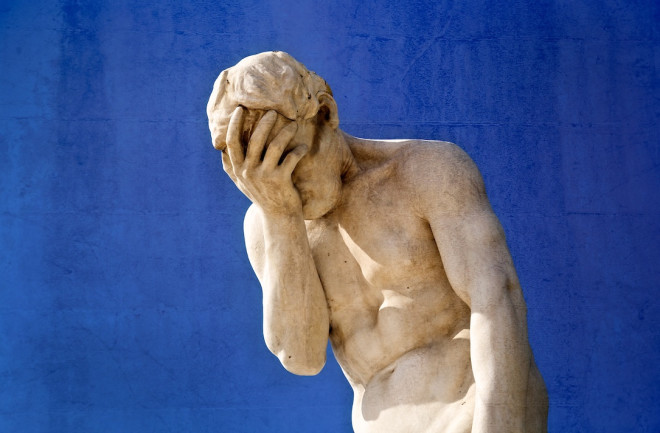This article appeared in the March/April issue of Discover magazine as "When Shame Goes Viral." Subscribe for more stories like these.
When Monica Lewinsky emerged in 2014 after a decade of quiet existence, she had a message to share. She also had a master's degree in social psychology, earned in London where she hunkered down for grad school. Vanity Fair printed her exclusive comeback story in 2014. Then she took the stage to tell of life after becoming “that woman” in one of history’s most widely broadcast sex scandals: “I went from being a completely private figure to a publicly humiliated one, worldwide,” Lewinsky says in her 2015 TED Talk, which now has more than 18 million views. “I was patient zero of losing a personal reputation on the global scale, almost instantaneously.”
The infamous 1998 incident with President Bill Clinton occurred at the dawn of the internet age — a fact not lost on Lewinsky, who says her name has appeared in “almost 40 rap songs.” Her actions as a 24-year-old intern went viral pre-social media. In recent years, the rise of Facebook and Twitter, and the potential for public shaming on the internet, motivated Lewinsky to speak up. “A marketplace has emerged where public humiliation is a commodity, and shame is an industry,” she says in the video.

